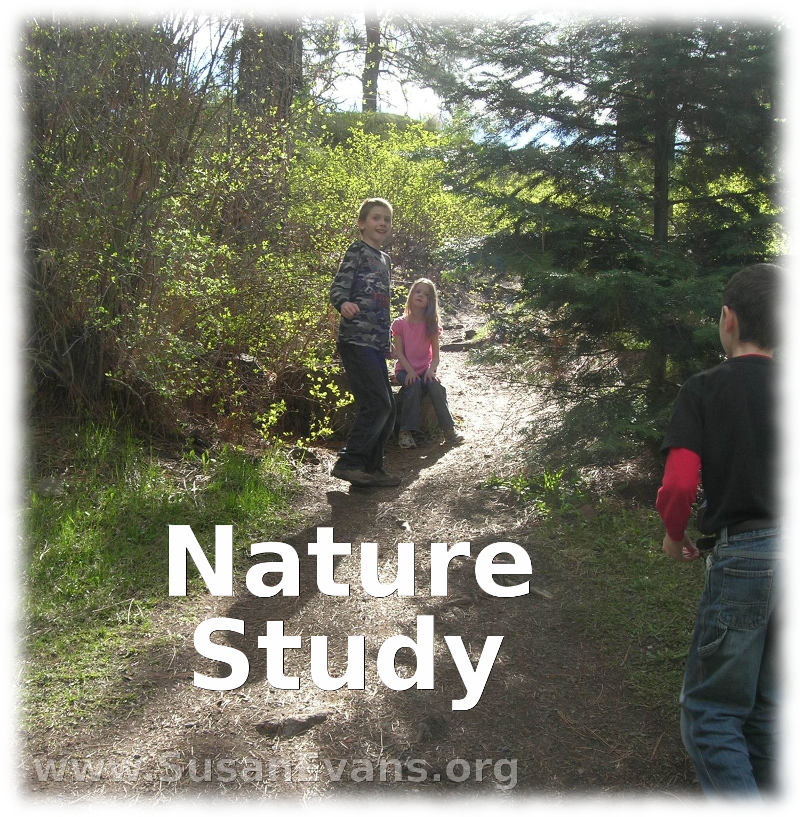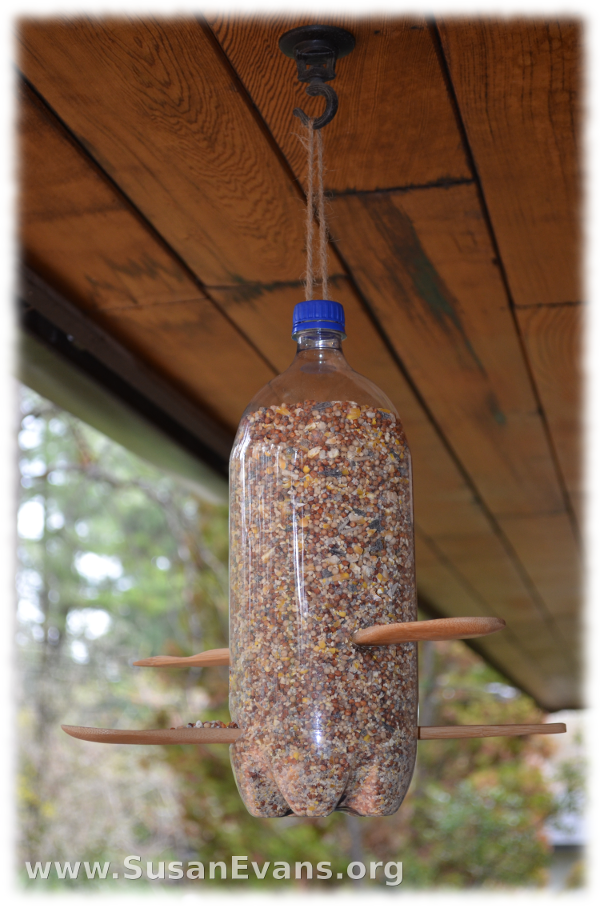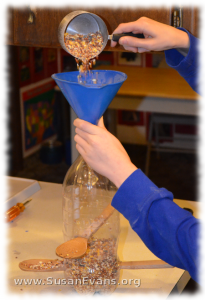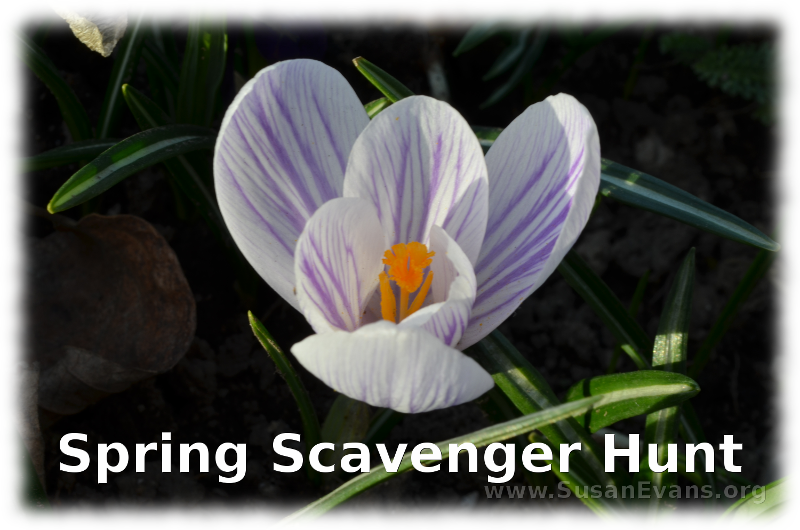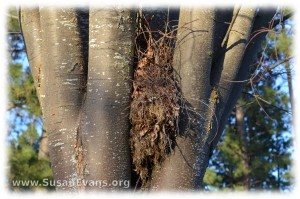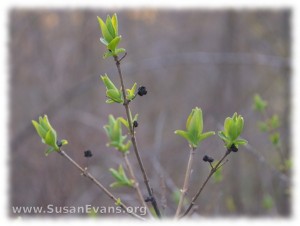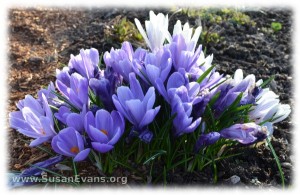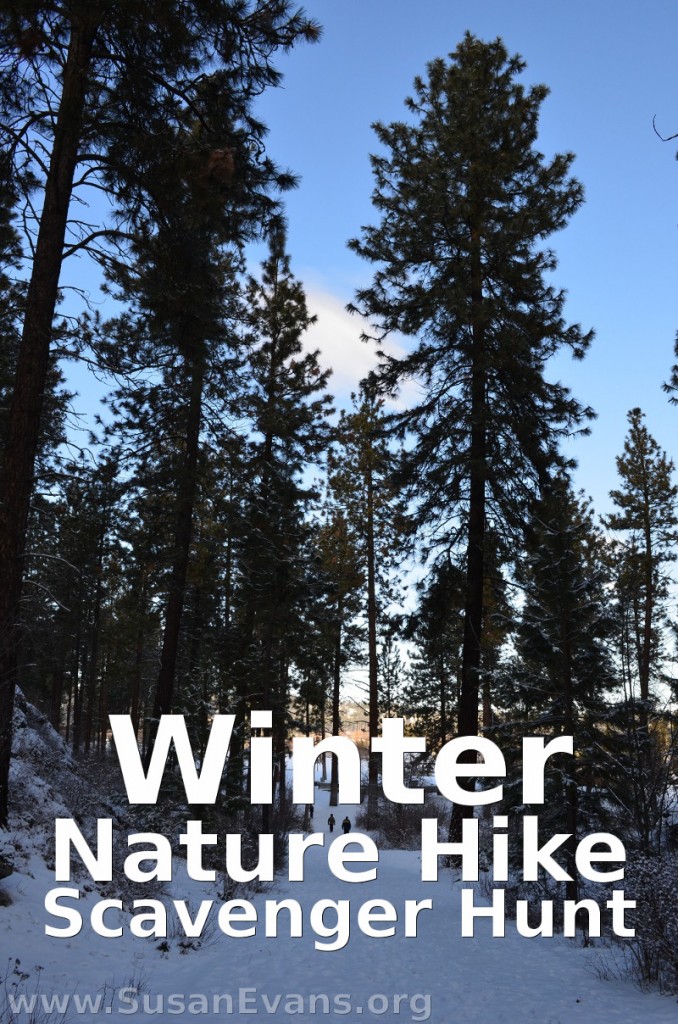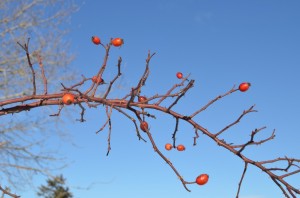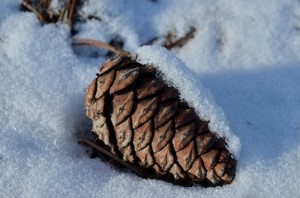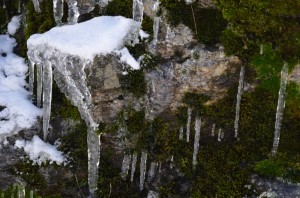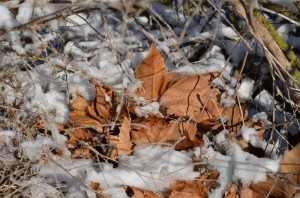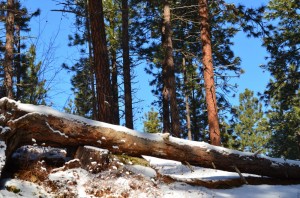Have you wondered how to incorporate nature study into your homeschool? A couple of weeks ago I was asked to be a panelist on this very topic, where several homeschool moms shared ideas for how to do nature study with children.
Why is nature study important for homeschooling?
Nature is science–plants, animals, rocks, weather phenomena, etc.–all of this is science. To be educated, you need to understand science. And to know it well, you need to see it and experience it first-hand in the great outdoors.
When can you start nature study?
Babies, toddlers, and preschoolers can enjoy nature. Here are some nature activities that small children can enjoy:
- Nature Hunt for Colors
- Nature Bracelet
- How to Make Seasonal Lapbooks
- The Wonder of Spring
- Spring Scavenger Hunt (free PDF)
High school students and adults can also enjoy nature through nature journals, drawing and labeling intricate details of God’s creation. So all ages can enjoy nature study, especially because you can get fresh air and sunshine on your face while you relax and take it all in. You don’t have to rush when you are doing nature study.
What do you do back inside to follow up on nature studies?
Look inside an insect identification book for the insect you just sketched. Try to identify a tree by its leaves, or look up what kind of rock your son found.
I also like to take out drawing books, especially for younger children who might have trouble drawing straight from nature without seeing a pencil sketch. I describe more about how to do this in my workshop Using Journals to Teach Writing.
How directed should a nature study be? Is mom in charge or do you just let your kids cavort outside?
Most of our nature studies are open-ended, where the kids can decide what they want to write or draw. But if we are studying a specific topic in science, we might look for that topic. For example, if we are studying spiders, we would try to find spiders and spider webs to draw.
Tell us about nature study during the winter months when it’s too cold outside.
You can easily do a winter scavenger hunt, where you find different objects in nature, and snap pictures of them. You can also pay attention to what animals are doing this time of year, and you can study snow and weather. Here are some fun winter nature activities for you to enjoy:
Also, if you want to set up nature collections during the other seasons, you can continue to study nature from your home. Here is a fabulous workshop that shows you how to bring the outdoors into your home:
